
Visual Auditory Kinesthetic Test AUDIO BARU
Understanding Visual, Auditory, and Kinesthetic Learning Styles. One way to be truly successful in the classroom is to wrap your head around the three different learning styles according to Fleming's VAK ( visual, auditory, kinesthetic) model. If you know how you learn best, you can use specific methods to retain what you learn in class.
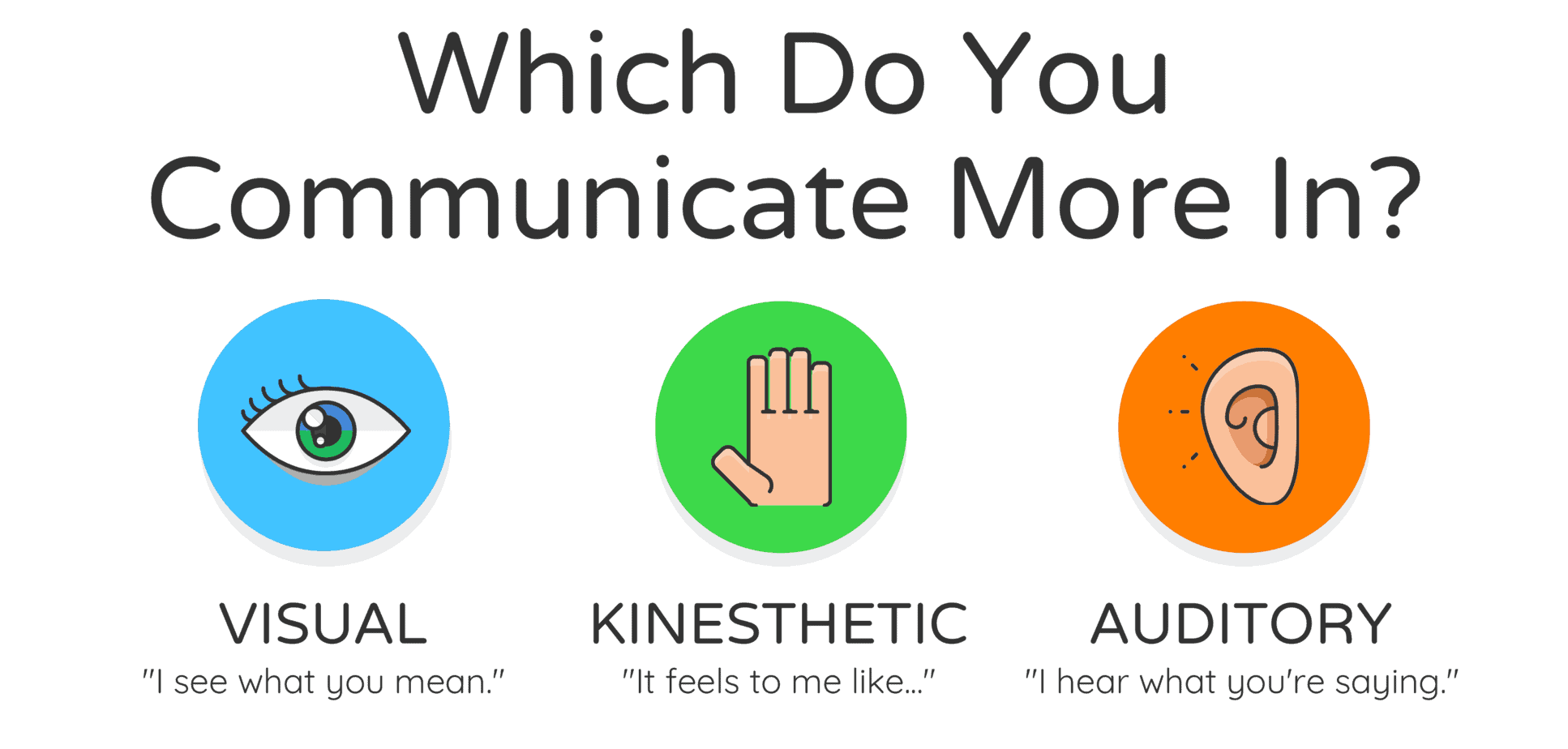
What are NLP VAK Modalities? Visual, Auditory & Kinesthetic
Home / Learning Styles Test Learning Styles Test 4,821,291 tests taken Learn How You Learn Best - Visual, Auditory or Kinesthetic This Learning Styles test is FREE with No Registration. We won't even ask for your email. Your results will tell you how strong each of your learning styles are. You can check all boxes below for a 20-page report.

Instructional Design Courses Certification Discover Learning Designs
The results show that: (1) The VAK (Visualization, Auditory, and Kinesthetic) learning model influences student's learning motivation. It is indicated by the results of the Mann-Whitney U Test with a significance of 0,00; (2) The VAK (Visualization, Auditory, and Kinesthetic) learning model influences student's cognitive learning outcomes.

Visual Auditory Kinesthetic Test AUDIO BARU
1. Unleashing Your Learning Potential: Tailoring Test Preparation for Visual Learners 2. Amplifying Success: Strategies for Auditory Learners to Ace Tests 3. Mastering Test Preparation: Recommendations for Kinesthetic Learners 4. Harnessing the Power of Multisensory Techniques: Boosting Test Scores for Visual, Auditory, and Kinesthetic Learners Q&A
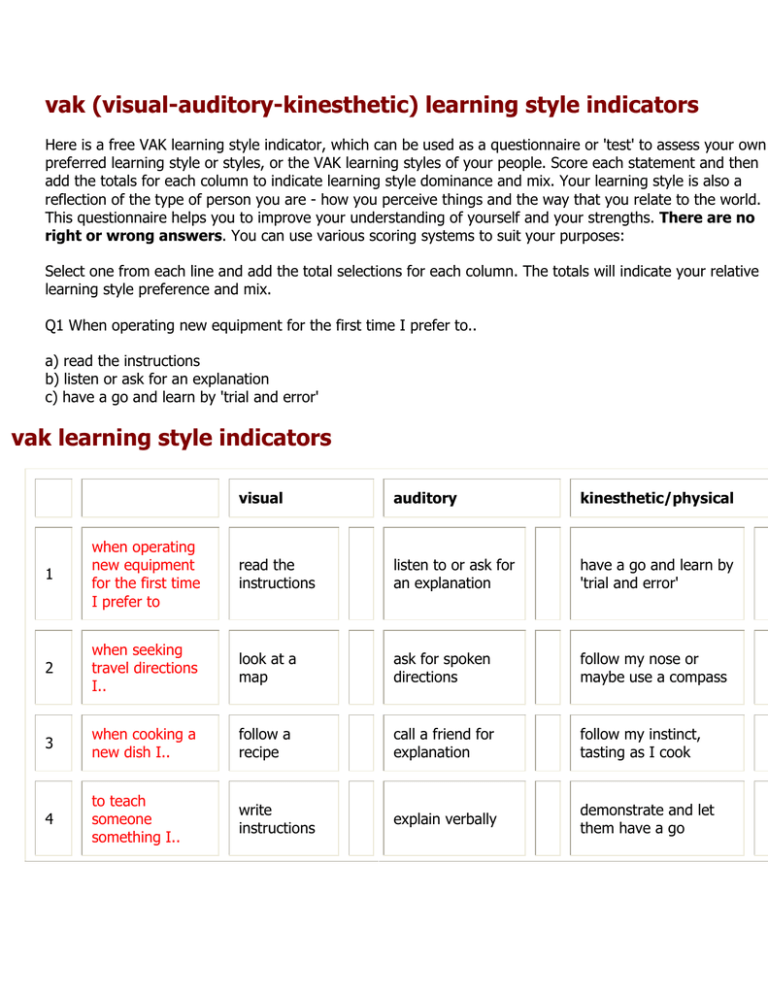
vak (visualauditorykinesthetic) learning style indicators
We created the Visual, Auditory, or Kinesthetic (VAK) test to help you understand how you process information. It's important to remember though, this is subjective. We have designed this for edutainment purposes only. If you do feel you're burning out, please see your doctor.
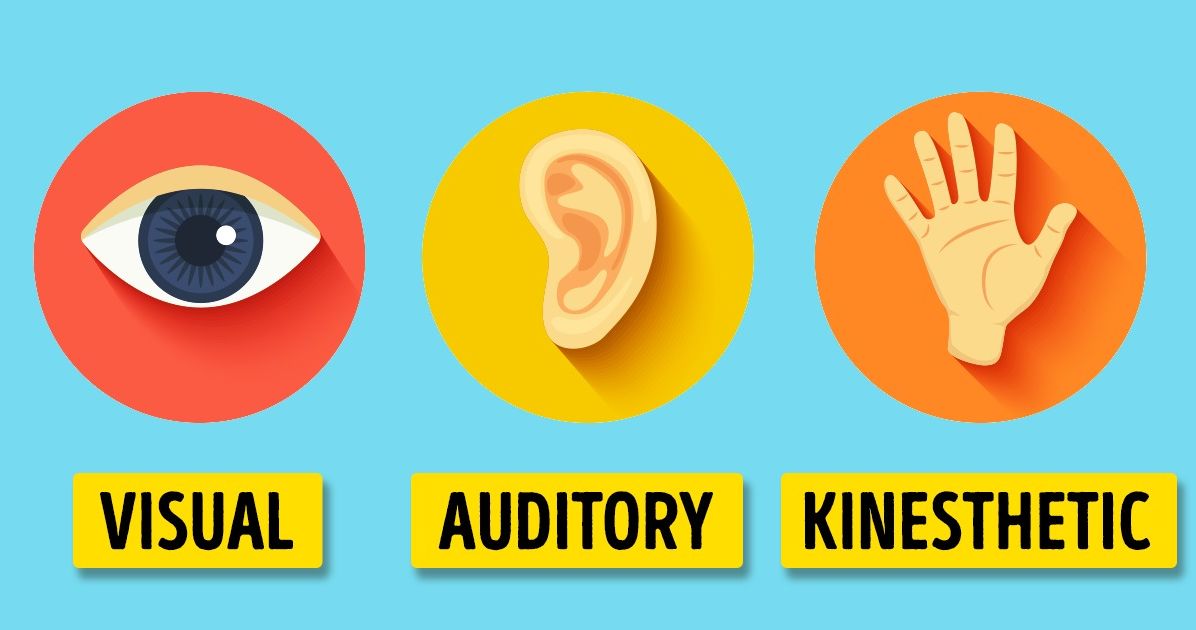
Test Are You a Visual, Auditory, or Kinesthetic Learner?
The Visual-Auditory-Kinesthetic learning styles model or 'inventory', usually abbreviated to VAK, provides a simple way to explain and understand your own learning style (and learning styles of others). 'Learning style' should be interpreted to mean an individual mixture of styles. Everyone has a mixture of strengths and preferences.

Visual Auditory Kinesthetic Test AUDIO BARU
Take our free Visual, Auditory or Kinesthetic Learner Test to discover your unique percentage score! What's Your MBTI Type? We're all inclined toward being either introverts or extroverts, thinkers or feelers, intuitors or sensors. Take The Test! What did you get? Share your results! More Starting The Journey
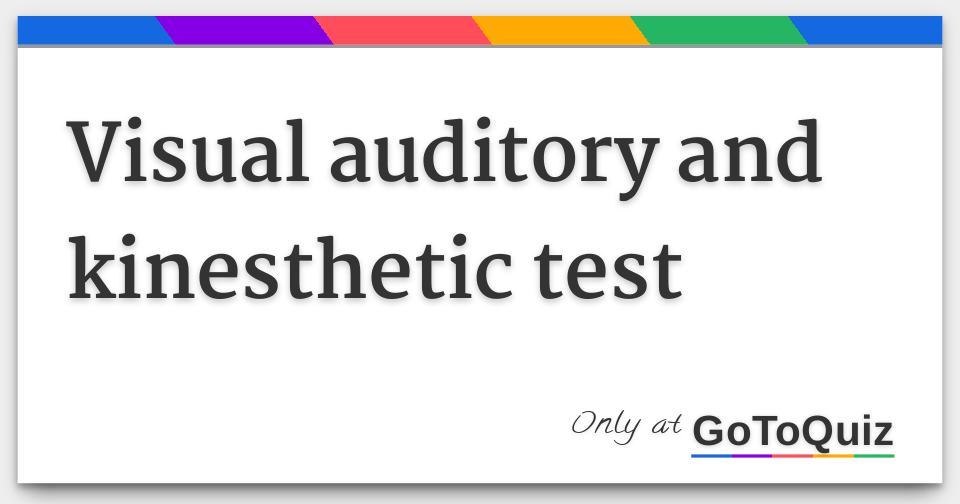
visual auditory and kinesthetic test
LEARNING STYLES ASSESSMENT KINESTHETIC | VISUAL | AUDITORY INSTRUCTIONS | Circle the letter of the phrase that is true for you most of the time. When you have made all of your selections, record the number of times you chose each letter and use the table to discover your personal learning style.
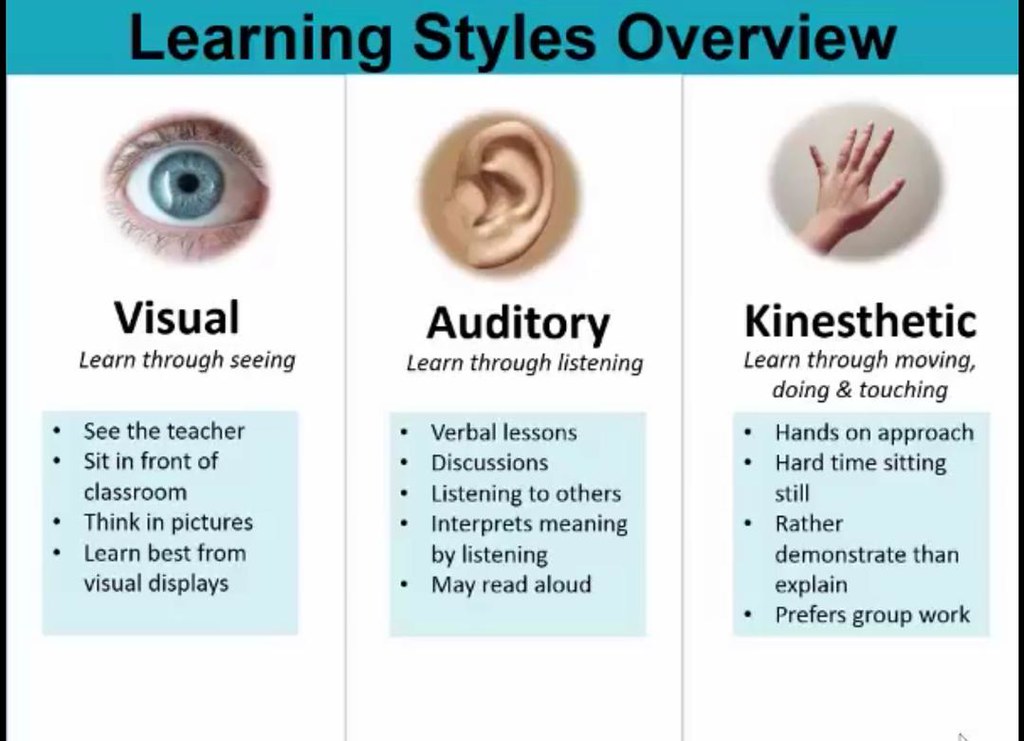
Styles of learning Visual, Auditory, Kinesthetic News Baobab College
Take this VAK test and analyze your information processing style and how you best learn. The Visual-Auditory-Kinesthetic (VAK) learning styles theory provides a simple way to explain and understand the learning styles of others through one of these senses. People have varying visual, auditory, and kinesthetic (body-oriented) preferences.

Every child learns differently, therefore, we incorporate methods to stimulate learning in the
Each of us has a preferred representational system (visual, auditory, kinesthetic or digital (auditory digital) - often referred to as VAK) - for more information on the NLP visual, auditory, kinesthetic and digital representational systems, please see the article Modalities and Representational Systems .

The multisensory learning approach, which involves visual, auditory,... Download Scientific
Learning Style# 1: Tactile or Kinaesthetic. Kinaesthetic is learning through movement or by tactile (touch) memory. Individuals who gravitate towards this thinking style often appear restless or fidgety due to their constant need for movement. An example of this is someone who taps their foot when thinking or frequently gestures when talking.

Quiz Are You A Visual Auditory or Kinesthetic Learner? Kinesthetic, Learning styles, Visual
The Visual-Auditory-Kinesthetic (VAK) learning styles model provides a simple way to explain and understand learning styles. The VAK learning Style uses the three main sensory receivers (Vision, Auditory, and Kinesthetic) to determine a person's dominate or preferred learning style. No-one has exclusively one single style or preference.

Free VAK visual auditory kinesthetic learning styles test questionnaire Learning style test
VAK Test VAK Learning Styles Explanation The VAK learning styles model suggests that most people can be divided into one of three preferred styles of learning. These three styles are as follows, (and there is no right or wrong learning style): Someone with a Visual learning style has a preference for seen or observed things,

Learning styles with visual, auditory, read and kinaesthetic outline diagram in 2022 Learning
VARK learning styles suggest that there are four main types of learners: visual, auditory, reading/writing, and kinesthetic. The idea that students learn best when teaching methods and school activities match their learning styles, strengths, and preferences grew in popularity in the 1970s and 1980s. However, most evidence suggests that.

Visual Auditory Kinesthetic PDF Conversation Cognition
Do you want to see the whites of someone's eyes (visual), harangue someone over the phone (auditory), hammer your fists on the table (kinesthetic), or fire off a curt email (reading/writing)? Imagine yourself in an uncomfortable situation. If you were lost in a strange city at night, how would you find your way to your destination?
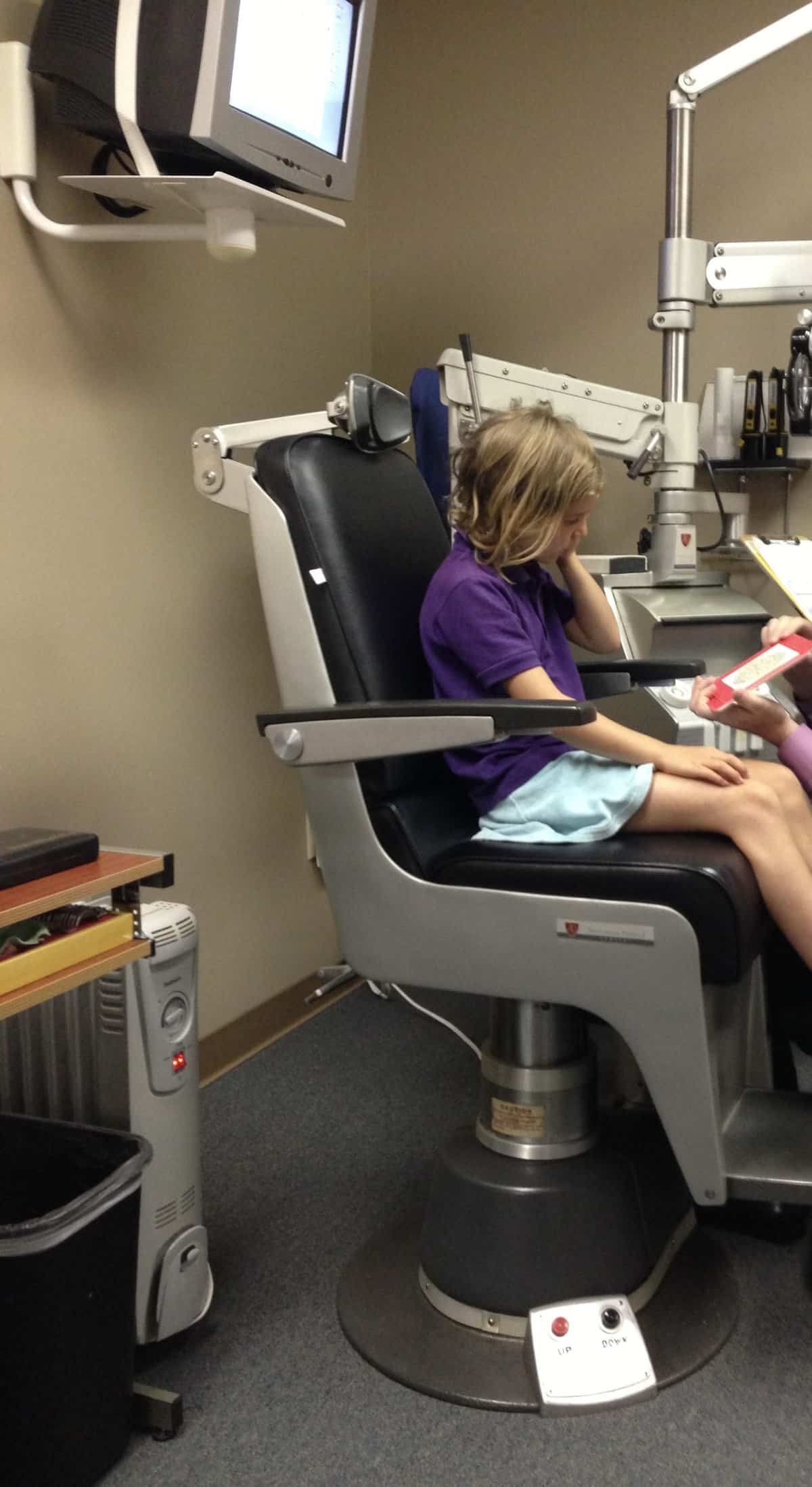
Who Benefits from AuditoryVisual Training? Moore Auditory Training
The acronym VARK stands for the four VARK modalities - Visual, Aural, Read/write, and Kinesthetic - sensory modalities that are used for learning information. Fleming and Mills (1992) suggested these four modalities that seem to reflect the experiences of students and teachers. Although there is some overlap between them they are defined as.